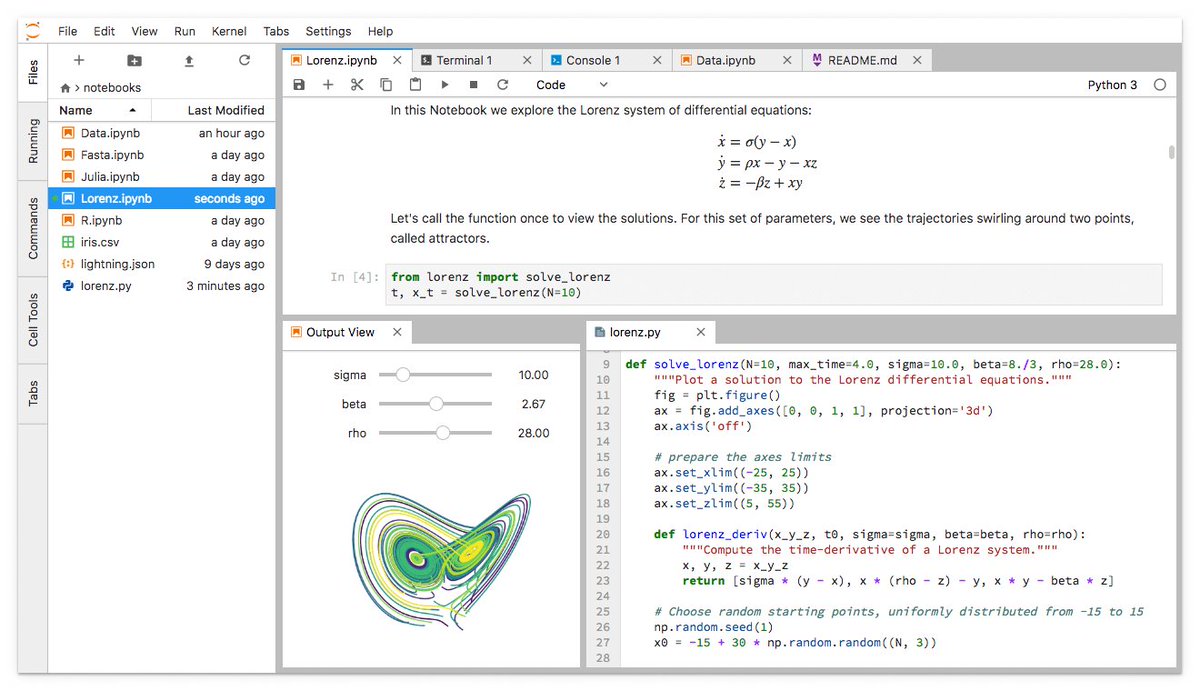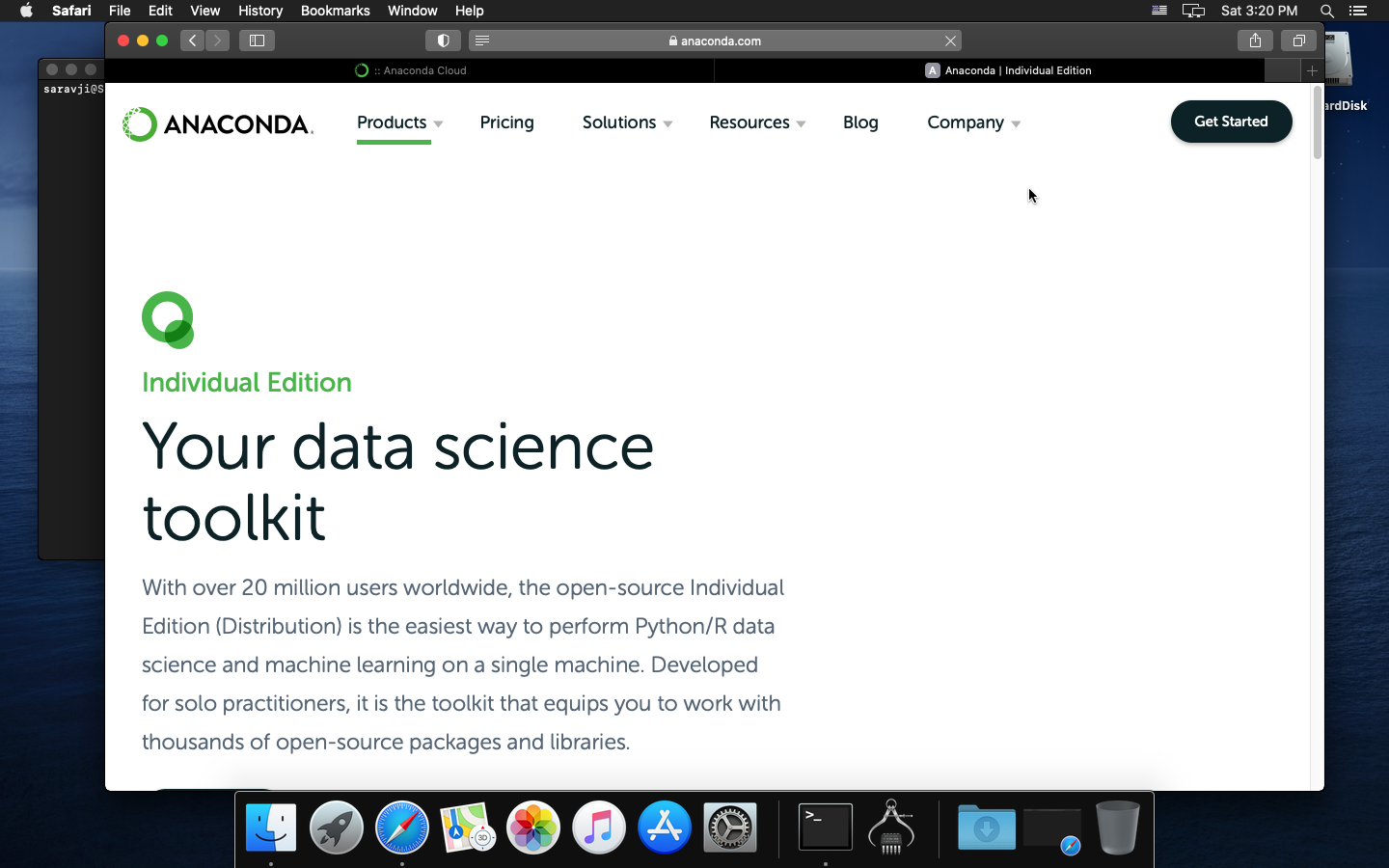

- #Anaconda 3 mac install#
- #Anaconda 3 mac software#
Graphical installer or the next based installer. Windows, OS X and Linux operating systems (and free).įor Windows and OS X you are given a choice whether to download the The Anaconda Python distribution is available for download for Python interpreter itself and all packages we need. Python distribution using these installation instructions, which provides the
#Anaconda 3 mac install#
Instead of doing this manually, we suggest on this page to install the Anaconda Source/binaries) is fairly straightforward, but installation ofĪdditional packages can be a bit tedious. In general, the installation of the Python interpreter (from
#Anaconda 3 mac software#
In best practice software engineering for computational studies and The pytest package and tool supports regression testing and testĭriven development - this is generally important, and particularly so

Sympy has a special role as it allows SYMbolic computation The packages numpy, scipy, pandas and matplotlib are essential components computational work with Python and widely used.
pytest (Python TESTing): a code testing framework. sympy (SYMbolic Python): symbolic computation. matplotlib: (PLOTting LIBrary) creating plots of data. scipy (SCIentific Python): many numerical routines. pandas: Python data science tools (Series and Dataframes). numpy (NUMeric Python): matrices and linear algebra. Operate on matricies, and use specialised numerical methods. These allow us, for example, to create plots, Version 22.9.0, and Python 3.9.13 is the default interpreter.įor scientific computing and computational modelling, we needĪdditional libraries (sometimes called packages) that are not part of the In September 2016, where Anaconda 4.1 was available, and Python 3.5 was theĭefault Python provided, and last revised in December 2022, where conda was For reference: this mini-introduction was written Sciences, mathematics, engineering, and computer science.īy the nature of the information provided, the content is likely to become Science and data science, and subsequently their studies, particular in natural Their own computers, and to support their learning of programming, computational The objective of these introductory notes is to help readers install Python on These notes are provided primarily for students of graduate schools IMPRS and DASHH, staff and students at the Max Planck Institute for the Structure and Dynamics of Matter and others at DESY, as well as students at the University of Southampton (United Kingdom).






 0 kommentar(er)
0 kommentar(er)
